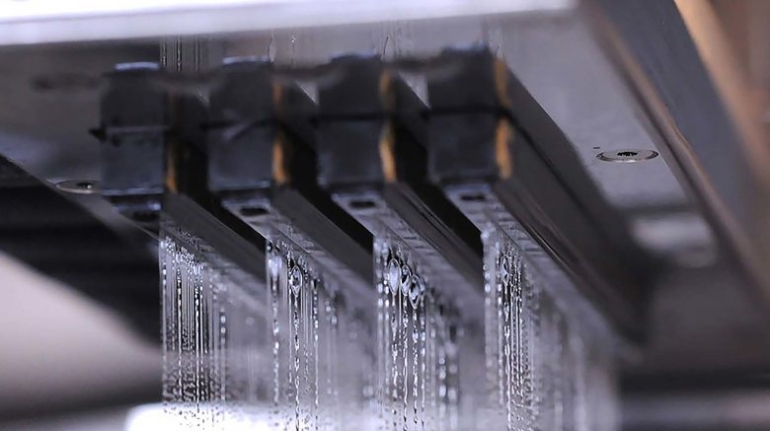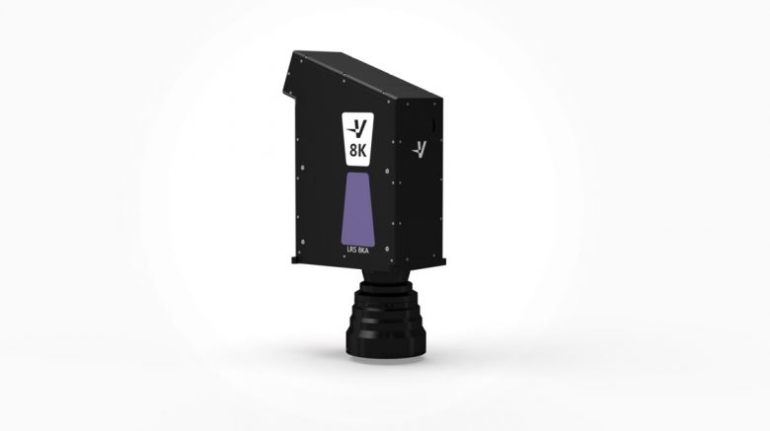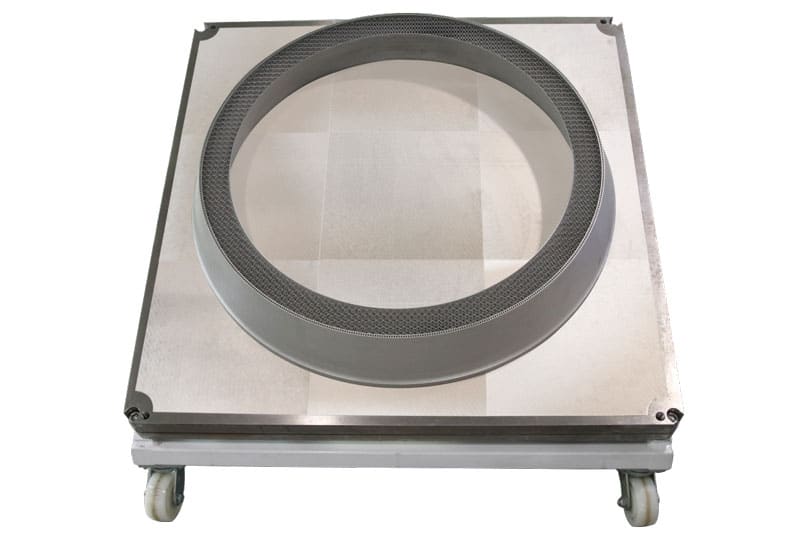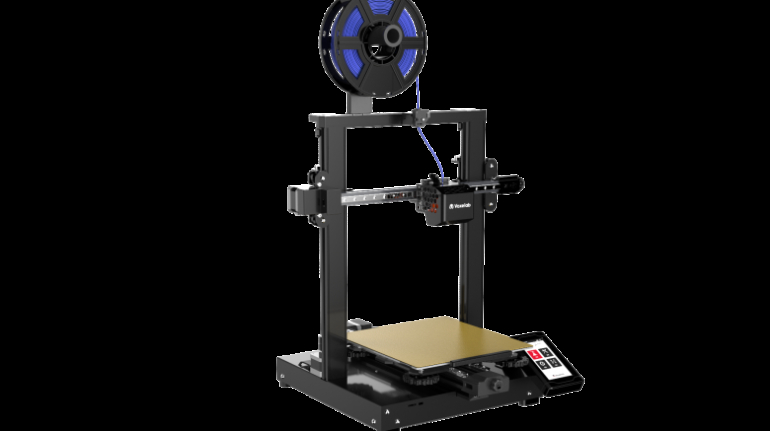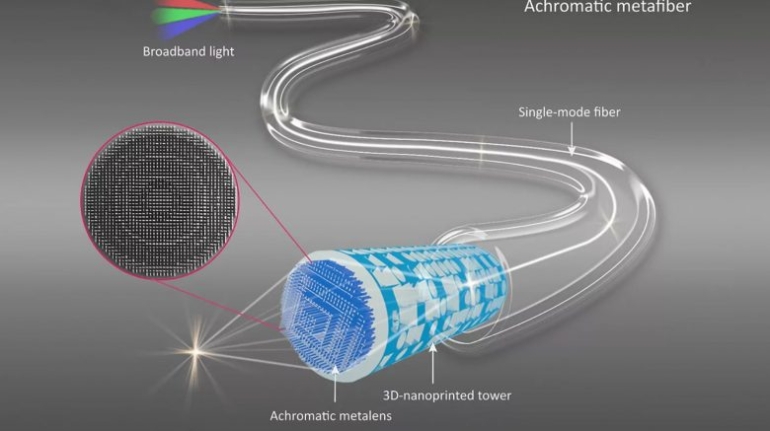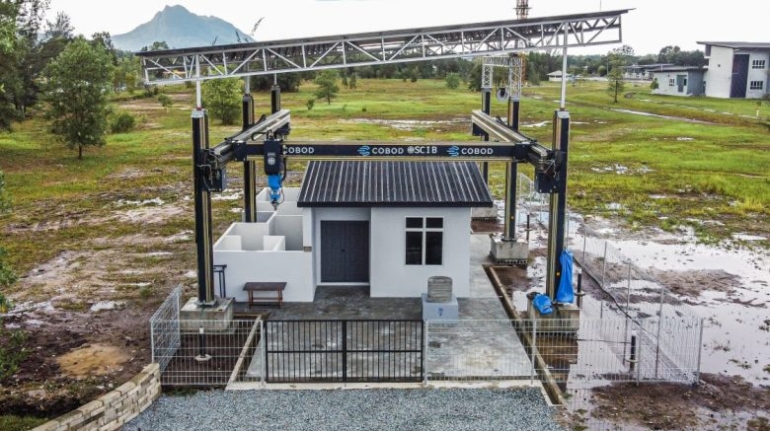The year of the binder Additive Manufacturing
Metal binder jetting technology, now also known by the acronym MBJ, is, at the same time, the first and the newest opportunity for binder-based metal AM processes. Invented at MIT in 1993, the technology uses an inkjet printhead to apply binder to a bed of metal powder and form green parts which are similar to parts produced by metal injection molding (MIM). These parts then undergo a series of post-process (which differ for each specific technology), including sintering, to deliver final parts.

